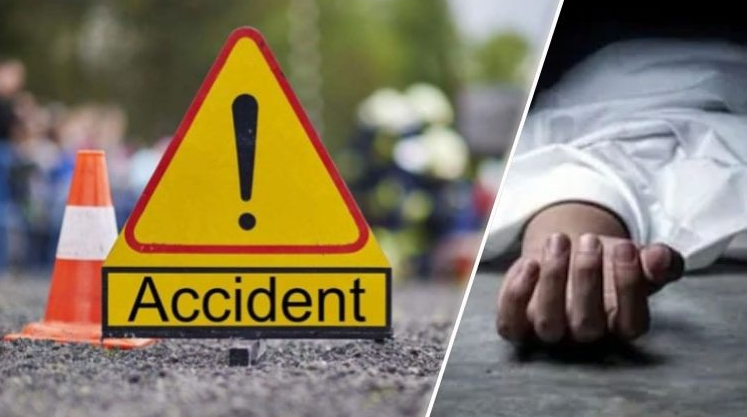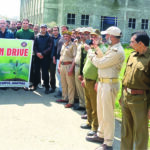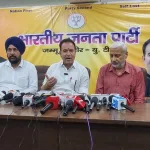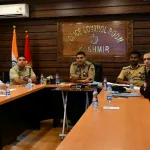It is time for collective action, stringent measures, and community engagement to pave the way to safety and curb road accidents in the valley
The picturesque landscapes of the Kashmir Valley are marred by the grim statistics of road accidents that have spiraled into a silent epidemic. With a road accident mortality rate that is higher than the national average, it becomes a moral imperative to address this issue with the urgency it demands. The beauty of the valley is shadowed by the grief of families who have lost their loved ones to preventable road tragedies. It is time for collective action, stringent measures, and community engagement to pave the way to safety and curb road accidents in the valley.
Firstly, the topography of the Kashmir Valley, while stunning, presents unique challenges for road safety. The winding and often narrow roads, prone to landslides and inclement weather, are a hazard. There is an acute need for the administration to invest in infrastructure with a focus on road widening, proper signage, and regular maintenance. The implementation of crash barriers and guardrails in accident-prone zones can prevent vehicles from skidding off roads, especially during the winter months when snow and ice make driving perilous.
Secondly, the human factor cannot be overlooked. Many accidents are a direct result of reckless driving, non-adherence to traffic rules, and driving under the influence. Strict enforcement of traffic laws is paramount. Traffic police must be empowered and equipped with the necessary tools to monitor and penalize violations effectively. The introduction of speed cameras, breath analyzers, and regular checkpoints can act as deterrents to negligent behavior on the road.
The valley’s transport system also needs an overhaul. Public transport vehicles, often overloaded and poorly maintained, contribute significantly to the accident statistics. Regular fitness checks, limiting the number of passengers, and ensuring that drivers are well-rested and properly trained must be enforced with no exceptions. Additionally, private vehicle owners should be encouraged through incentives to get their vehicles checked for safety regularly.
Nowadays roads are left battered not only by negligence of one department but many. In many areas it is construction material lying on road that increases the risk of falls. Concrete material like sand spread on roads often leads to a motorist losing grip and skid. At many places it is wet surface that acts as spoiler as water is left to drain on roads. What traffic department and municipality together can do is to identify hurdles and unattended obstructions on roads and remove them right away.
In City there are low concrete dividers on many roads that are hit by vehicles, especially during winters when visibility is low. Also, the use of headlights on high beam during night keeps some drivers guessing where the road is and where the divider is. It is a common finding and it has been encouraged as at night time there are no traffic cops to correct this wrong practice. In the city there are incidents wherein drivers jump on footpaths. Rarely does an officer get the erring person and impose a penalty.
Wearing helmets is also an issue with the youth. Public awareness is another critical aspect. Educational campaigns highlighting the importance of wearing seat belts, helmets, respecting speed limits and the dangers of distracted driving can go a long way. Schools and colleges should incorporate road safety in their curriculum to inculcate a culture of safe driving from a young age.
Also, emergency response services require strengthening. Quick medical aid is crucial in saving lives in the event of an accident. Improving the ambulance network, establishing well-equipped trauma centers along highways, and training locals in basic first aid can significantly improve survival rates.
Conclusion
The problem of road accidents in the Kashmir Valley is a complex one, needing a multifaceted approach. Infrastructure development, law enforcement, public transportation reform, awareness campaigns, and emergency medical services are all integral components of a robust road safety strategy. It is the joint responsibility of the government, civil society, and every individual to prioritize road safety and act decisively. Only then can we hope to see a reduction in the tragic loss of life on the valley’s roads and ensure that the journey through this beautiful part of the world is as serene as the destination itself.
At present, there are numerous traffic issues that deserve urgent attention from the concerned authorities. Need of the hour is to create realistic techniques for prioritizing and minimizing traffic bottlenecks, which are one of the main causes of road congestion in the city. Traffic department should implement stricter punishments for those violating the traffic rules and must come up with some sort of long-term measures to ensure smooth traffic flow.
(Author is a retired executive engineer and columnist)








